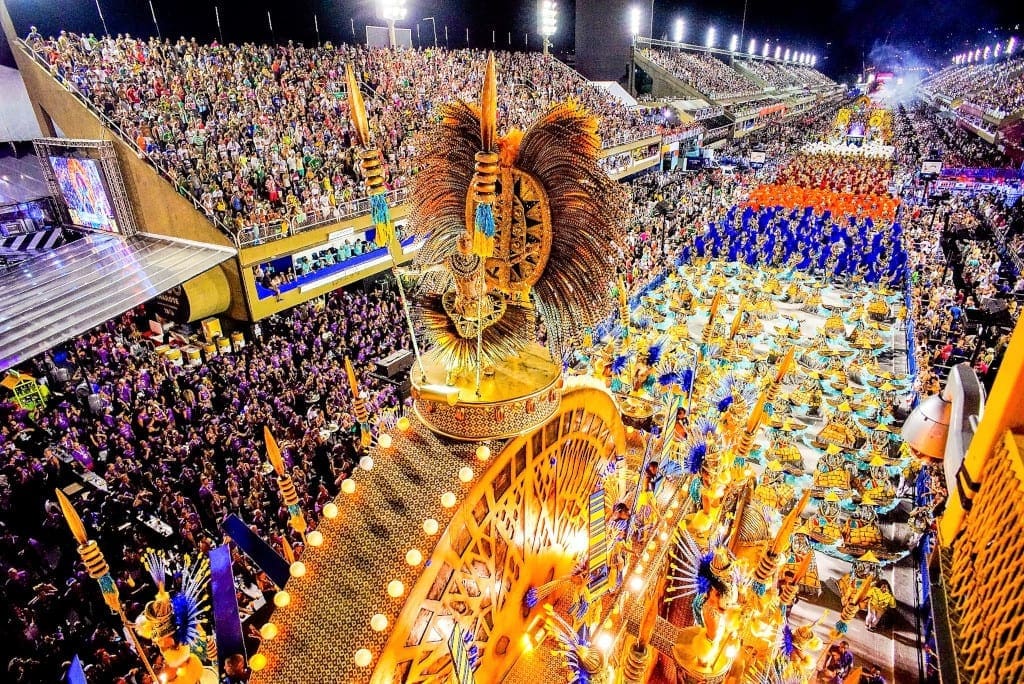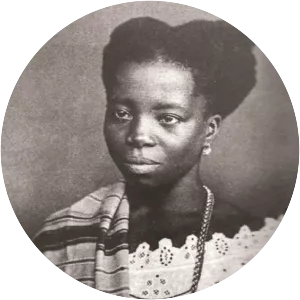Continued Explorations - A Trip to Brazil
SAMBA

Photo from: https://www.journeylatinamerica.co.uk/destinations/brazil/holidays/rio-carnival-holiday/
Today we are traveling to Brazil! Samba is South American music played with mainly percussion instruments. Its origins are linked to African drumming music. Africans were enslaved and transported to Brazil to work in mines and on sugar plantations. The word Samba comes from the African Bantu word "Semba" meaning navel bump. It is also noted that “Kusamba” means to pray or invoke favor of the gods through rhythm, song and dance. It’s interesting that many songs originated from religious practices all over the world.
Samba became popular in the 1920s. It, along with the Samba dance, was prohibited because it was perceived as obscene and considered a thing done by criminals and poor people. Samba can be traced back to the favelas, which is a slum or shantytown located within or on the outskirts of the country's large cities.
Samba includes layering syncopated rhythms and has at least two layers. Its similarities with African music include polyrhythms and use of call and response. Traditionally, Samba is written in 2/4. Son Clave is an important rhythm in Samba music. It is a rhythm that cuts across the four beats in the first bar and is played on the second and third beat in the second bar. Samba is the music that is played at the Carnival in Rio De Janeiro.
The first officially broadcast Samba song, entitled Pelo Telefone, was recorded in 1917 by Tia Ciata in Praça Onze, Cidade Nova, Rio.

PHOTO taken from https://www.xwhos.com/person/tia_ciata-whois.html
However, Em casa da bahiana by Banda da Casa Faulhaber was made in 1911, but not publicly recorded, so there may have been a few songs created before that.
That’s a lot of information! Now let’s put it all together and listen to some Samba. Garota de Ipanem or The Girl From Ipanema is the most famous Brazilian song in history. In fact, it is still the most recorded Brazilian track to date. Thanks to the English version from the album Getz/Gilberto, this single won a Grammy for Record of the Year in 1965. This is a simple song inspired by a gorgeous figure of a girl walking through the beaches of Rio de Janeiro. I bet many of you have heard it in an elevator and didn’t know it was a famous Samba song.
This song was originally performed by Joao Gilberto, Astrud Gilberto and Stan Getz. The music was written by Antônio Carlos Jobim and lyrics were written by Winacius De Morates in 1962. The song was said to be inspired by Helo Pinheiro who was a young Brazilian girl who wore a bikini and walked passed them at a bar that the writers frequented.
It is a Brazilian bossa nova and jazz song. Boss nova means “new wave.” You can hear the bossa nova rhythm in the interlocking bass and piano chords. When the Olympics were held in Rio de Janeiro, this song was played in the opening ceremony. It has a temp of 130 BPM. Instruments used in the song are the saxophone, piano, acoustic bass and drum with brush sticks.
I’d now like to share a newer Samba song. Here is Gloria Estefan singing Samba.
Estefan incorporated Samba and her 1985 hit song “Conga.” This song and many of her other hits were re-recorded for her album Brazil305 with a Brazil/Cuba/Africa musical element. Conga was written by Enrique Garcia and first released and sang by Estefan and the band Miami Sound Machine in 1985.
When listening to these samba songs, I can close my eyes and see this being played at Carnival in Rio. How can you not tap your feet when you hear the intricate rhythms and drumbeats? It’s uplifting and gives so much energy to the listener. I now know what the music represents and learning Samba's roots makes it that much more inspiring to me.
Sources:
“Music of South America: Samba.” BBC Bitesize, BBC, https://www.bbc.co.uk/bitesize/guides/zrk9dxs/revision/1.
De Douvan, Marc. “Percussions: Brazil: Polyrhythm: The Samba.” http://marcdedouvan.com/en/samba.php.
Santos Neto, Javino. “Brazilian Rhythmic Patterns | Samba Rhythms & Variations.” YouTube, 10 Nov. 2020, https://www.youtube.com/watch?v=ARYhHV4WVVs.
Romero, Angel. “Samba Brasileiro – A History.” World Music Central.org, 25 May 2014, https://worldmusiccentral.org/2004/07/01/samba-brasileiro-%E2%80%93-a-history/.
Quintana, Carlos. “Discover Brazil's Top Songs.” LiveAbout, DotDash, 16 July 2018, https://www.liveabout.com/famous-brazilian-songs-2141187.
“The Girl from Ipanema.” Wikipedia, Wikimedia Foundation, 17 Sept. 2021, https://en.wikipedia.org/wiki/The_Girl_from_Ipanema.
Clark, Lauren Kaye. “Gloria Estefan's Conga Essence, into Samba's Time!” Thrive Global, 27 Aug. 2020, https://thriveglobal.com/stories/gloria-estefans-conga-essence-into-sambas-time/.
Hi Doris! Your blog post caught my attention so quick with this photo! These colors and the crowd makes it look very exciting! I had obviously heard of Samba music before reading this, but certainly didn't know all the details you included here. I visited a few of the sites you listed here and they were all vert informative and included little facts that I really enjoyed. Great job breaking down the history behind the music and explaining some different elements found in this music. Great job!
ReplyDeleteGreat job on the research and topic. I didn't know about the history of the Samba. I think you did an impressive job summarizing all that information and inputing your own opinion Nice work!
ReplyDeleteI definitely think the song Garota De Ipanema sounds like elevator music I have heard before. When I think of samba I think of the cartoon Rio I never would have thought this song was considered samba. It has such a slow pace to it. The Gloria Esefan song Samba is exactly what I think of. Face paced music with lots of drumming and a few instruments I don’t know but to me sound like animals in the rainforest.
ReplyDeleteThis was a really interesting blog to read. I love learning about Brazil because I'd love to visit someday, and also I think their culture is really cool and I'd like to learn more about it. Like Molly mentioned, I also think the song Gartoa De Ipanema does sound like some type of tropical elevator music, but I still like it. I also think a cool aspect of this music and this culture is that they dress up and dance when they perform, which I think is pretty cool. The extravagance of the showmanship that they put on is almost a part of the song itself.
ReplyDelete